Edit Content
There is a number of strategies that you can choose in order to select the appropriate one in order to achieve your goals. Depending on the goal (maximize sales, maximize profit, gain market share, etc), the product mix, the competition, the business environment, etc a different strategy may be used for each different product or even a combination of strategies may be applied for each different product that can also change in time in order to adapt to new needs, targets and market trends.
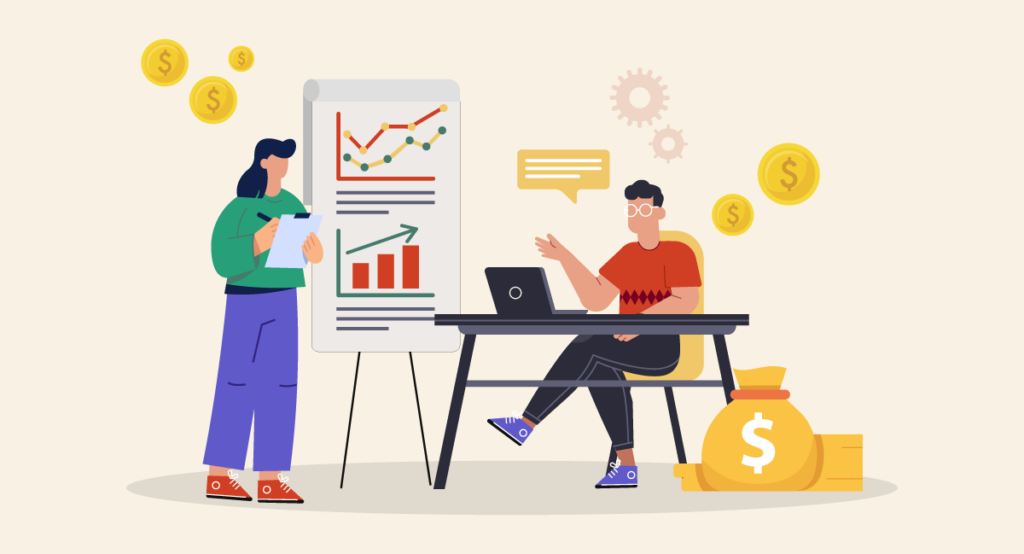
Is a pricing method that is based on the cost of production, manufacturing, and distribution. Essentially, the price of a product is determined by adding a percentage of the manufacturing costs to the selling price to make a profit. The 3 most common Strategies are:
Cost-Plus (Full cost or Absorption Pricing)
Cost-plus pricing involves adding a markup to the cost of goods and services to arrive at a selling price. Under this approach, you add together the direct material cost, direct labor cost, and overhead costs for a product, and add to it a markup percentage in order to derive the price of the product. Cost plus pricing can also be used within a customer contract, where the customer pays the seller for all costs incurred and also pays a negotiated profit in addition to the costs incurred.
Marginal cost
Marginal cost pricing refers to a pricing approach in which a firm charges a product according to its marginal cost. In this case, the company takes into account the variable costs per unit.
Contribution
Contribution pricing is very similar to marginal cost pricing. The direct cost of production for each product is calculated and the price is then set at a higher level. The difference between the direct costs per unit and the price is called the contribution, so-called because this is NOT PROFIT, but a ‘contribution’ to the unpaid indirect/fixed costs of production. No one product will need to account for all the indirect costs, but each product sold will contribute a proportion to the payment of the firm’s overall fixed costs.
Is a pricing method that involves setting your prices in relation to the prices of your competitors. This is compared to other strategies like value-based pricing or cost-plus pricing, where prices are determined by analyzing other factors like consumer demand or the cost of production. Competition-based pricing focuses solely on the information about competitor’s prices, not customer value. The 3 most common Strategies are:
Price Leadership
Usually encountered in oligopolistic environment in which one company, usually the dominant competitor among several, leads the way in determining prices, the others soon following. Even though the market is shared by a small number of sellers it still requires close attention to the competition in order for the price determination to make sense to the end customer and not drive him/her into the arms of the competition due to a big gap in the prices versus the remaining competitors.
Loss leader
A loss leader (sometime call only leader) is a strategy where a product is sold at a price below its market cost to stimulate sales of more profitable but similar or complementary goods or services. With this sales promotion/marketing strategy, a “leader” is any popular article that generates demand even when sold at normal price.
One main use of a loss leader is to draw customers into a store/web shop where they are likely to buy other goods. The vendor expects that the typical customer will purchase other items at the same time as the loss leader and that the profit made on these items will be such that will compensate for the loss of the leader product and generate an overall profit for the vendor.
Going Rate
A going rate pricing strategy is most often used to price products or services that are homogenous and don’t vary in design. Businesses that choose a going rate pricing strategy often set their prices based on the leader of the market.
Since competitor prices tend to be similar, it’s challenging to differentiate your product or service from the competition. Businesses that excel with this pricing strategy benefit from a strong branding and marketing strategy. Creating a positive brand perception and communicating the value it provides can help your business stand out from the crowd.
Is a pricing strategy in which a company considers the market situation to set its price. In other words, the company focuses on customers (demand) and competitors. Compared with competitors, three options are possible for the company: at market price, below market price, or above market price. Each of them has different implications for profits and promotion strategies. The 3 most common Strategies are:
Price Skimming (or Creaming)
Skimming or creaming is a type of pricing strategy in which the company which has a new or unique product sells it at a premium expecting to be forced to lower prices in the future when rival companies are able to come up with an alternative product.
Penetration
Penetration pricing is a pricing strategy that is used to quickly gain market share by setting an initially low price to entice customers to purchase. This pricing strategy is generally used by new entrants into a market.
Psychological Pricing
While a few of the methods we’ve described can have a big impact on the perceived value of your product or service, psychological pricing alters the perceived price. It uses the following tactics to make customers feel like they’re saving more or paying less than they really are:
– Offering prices just below a whole number (9.99€ instead of 10€)
– Placing an original price next to a sale price
– Launching a BOGO sale that highlights a free item instead of a 50% off sale
The most significant benefit of this method is that you can successfully set the prices you want, while also keeping customers happy. You may be able to get a thrifty customer to spend more than usual since they’ll feel like they’re getting a good deal.
Keep your prices smart
Every business needs great pricing strategies to keep its profit margins high without reducing demand.
The best way to find out which Pricing Strategy suits better for your business, besides your business goals, is to have a complete and correct market view. A Premium Solution with high-quality data can assist you to monitor your competitors (Prices, Availabilities, Product Assortment, etc) and identify your position in the market. That way you can create a solid process for how you price your products.
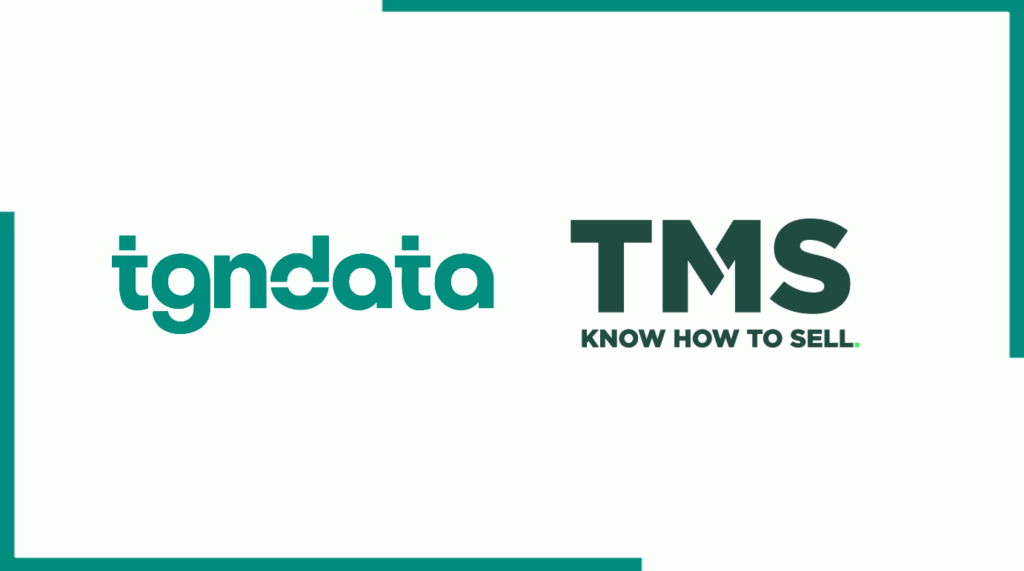
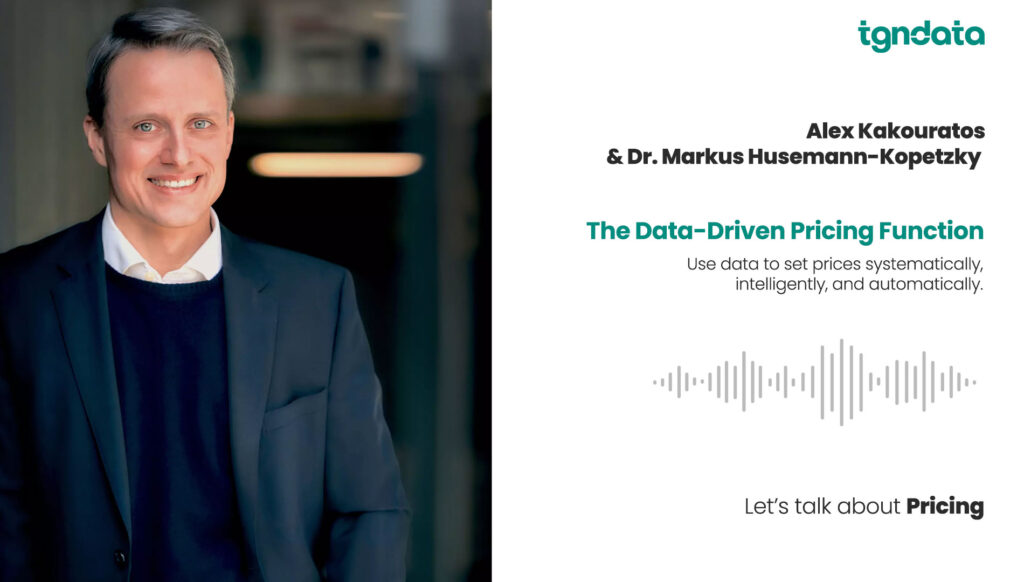

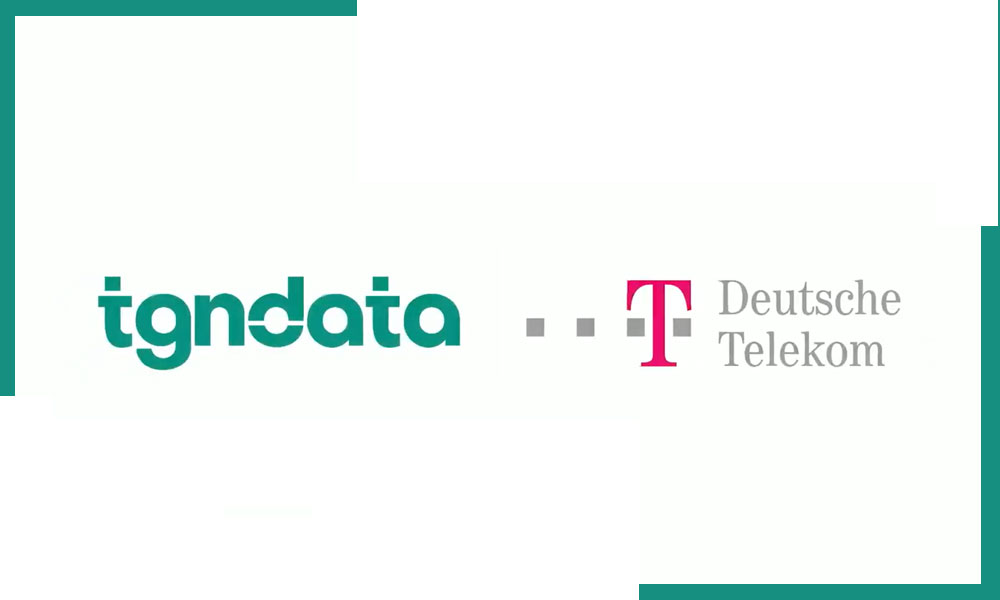


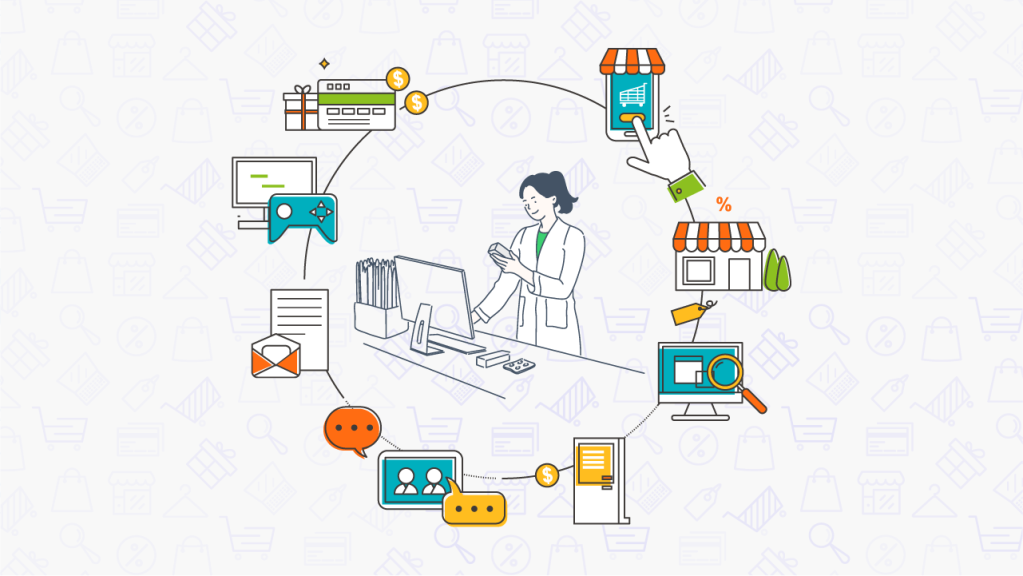






Missing an important marketplace?
Send us your request to add it!